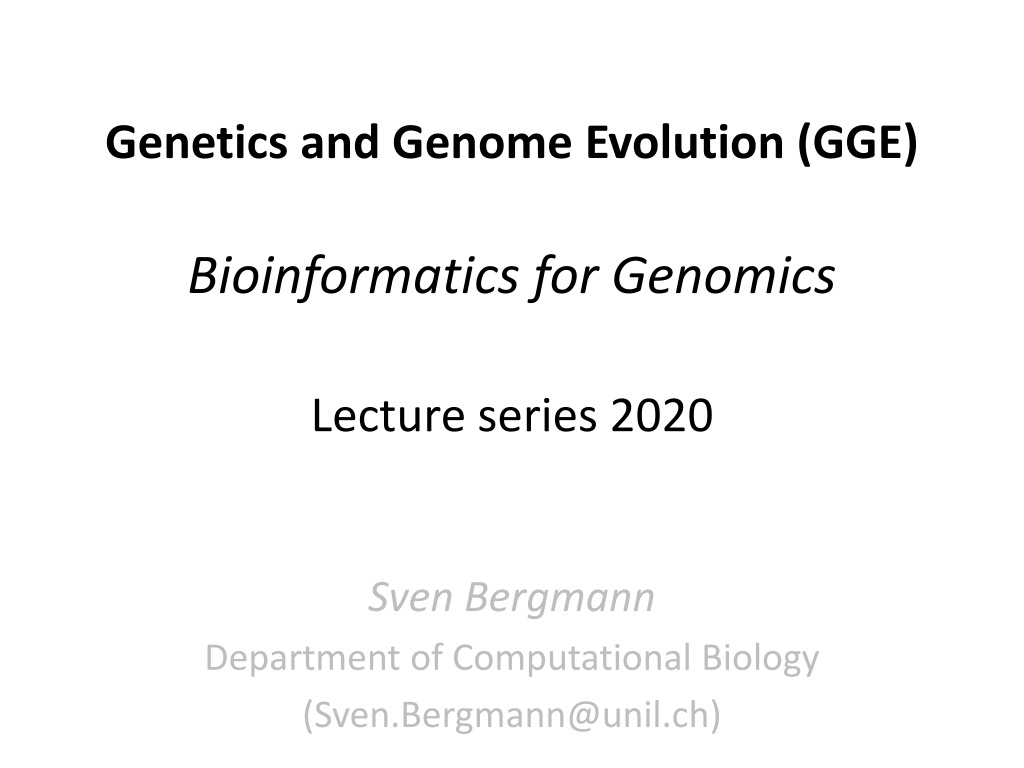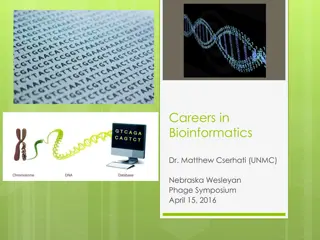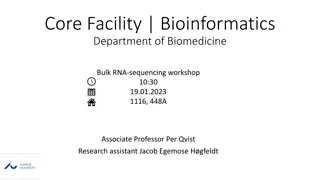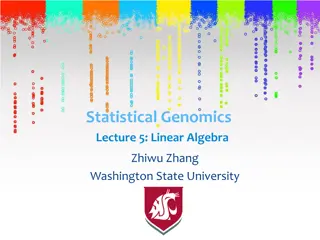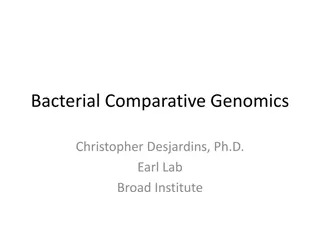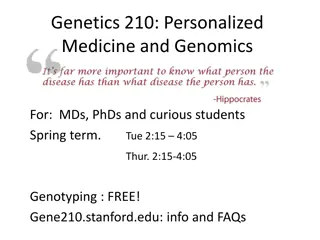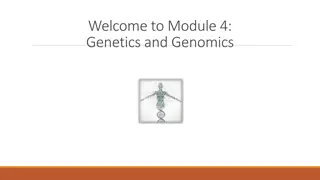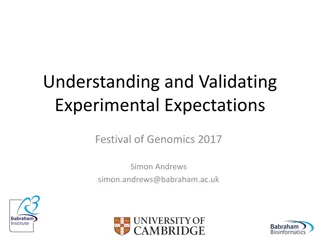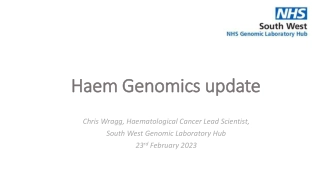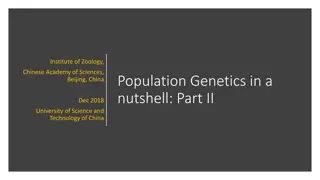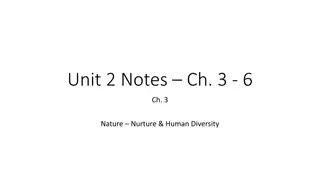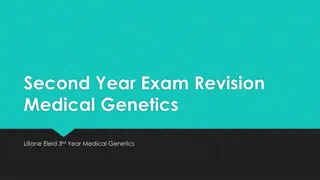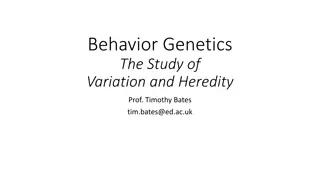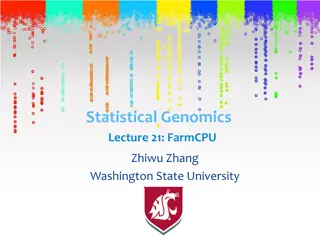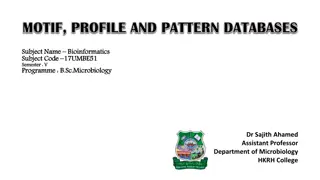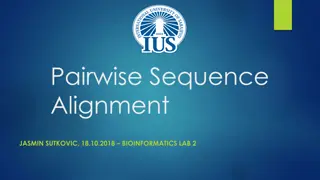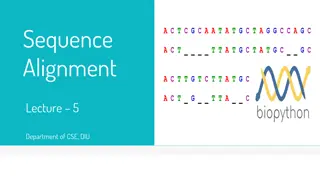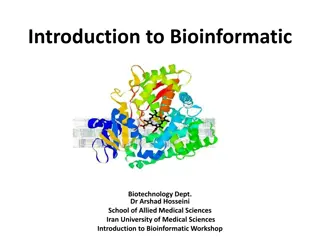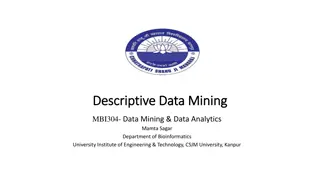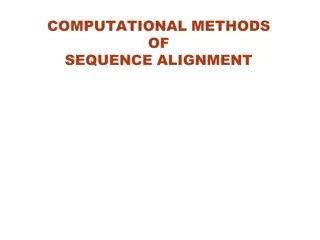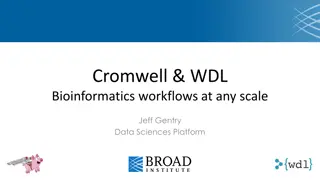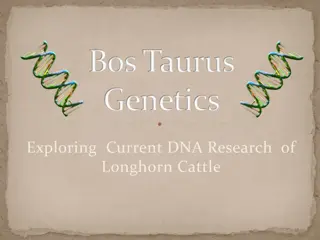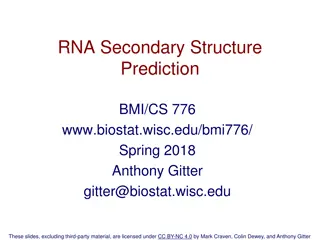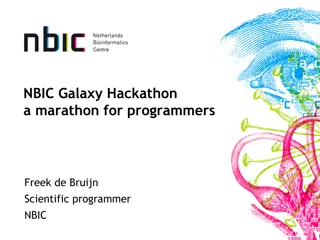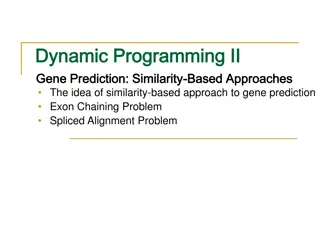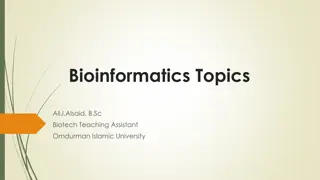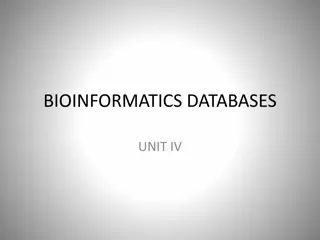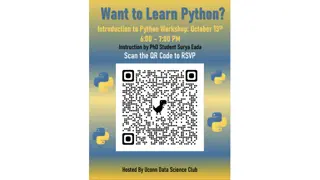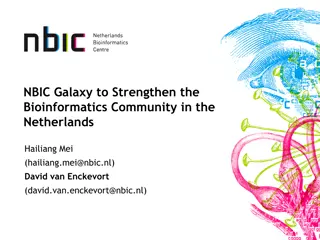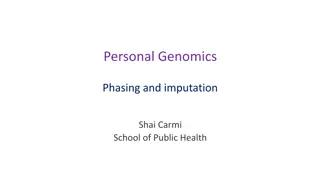Understanding Genomics and Bioinformatics in Genetics Evolution
Delve into the world of genomics and bioinformatics through the Genetics and Genome Evolution (GGE) lecture series by Sven Bergmann. Explore topics such as RNA-seq analysis, differential expression, gene expression measurement techniques, and integrative analysis with epigenetic data. Gain insights into CHiP-seq, HiC data analysis, and performing functional enrichment studies. Learn about GWAS, PCA, genetic risk scores, and network analysis. Enhance your knowledge in genetics and genomics evolution with cutting-edge bioinformatics tools.
Download Presentation

Please find below an Image/Link to download the presentation.
The content on the website is provided AS IS for your information and personal use only. It may not be sold, licensed, or shared on other websites without obtaining consent from the author. Download presentation by click this link. If you encounter any issues during the download, it is possible that the publisher has removed the file from their server.
E N D
Presentation Transcript
Genetics and Genome Evolution (GGE) Bioinformatics for Genomics Lecture series 2020 Sven Bergmann Department of Computational Biology (Sven.Bergmann@unil.ch)
Covid-19 www.unil.ch/coronavirus https://www.youtube.com/watch?v= nRsrBWsVU7c
Bioinformatics for Genomics Overview March 23 Lecture 1: RNA-seq & DE March 24 Lecture 2: Clustering March 30 Lecture 3: Biclustering March 31 Lecture 4: More data April 1 Lecture 5: Networks
What will you learn? Analysis of gene expression data What information do you get from RNA-seq? How to do a simple differential expression analysis? How to correct for multiple hypotheses testing? How do use some standard tools for large-scale data analysis (PCA, SVD, clustering)? How to perform functional enrichment analysis (given known gene sets)? Analysis of epigenetic data and integrative analysis What information do you get from CHIP-seq (and similar techniques)? What do you learn from HiC data on chromatin structure? How to perform integrative analysis with gene expression data?
Module on GWAS PCA GWAS Network Genetic Risk Score
Genetics and Genome Evolution (GGE) Bioinformatics for Genomics Lecture 1: RNA-seq & DE Sven Bergmann Department of Computational Biology (Sven.Bergmann@unil.ch)
How to measure gene expression? Northern Blot: Single genes RT-PCR: Multiple genes Microarrays: Whole genomes RNA-seq: Whole genomes+
RNA seq RNAquantification using next generation sequencing (NGS)
NGS platforms Oxford Nanopore: direct, electronic analysis of single molecules The future? Illumina: sequence by synthesis market leader
Illumina procedure: Three basic steps: 1. Amplify 2. Sequence 3. Analyze
Illumina amplification: 1. The process begins with purified DNA (cDNA when analyzing RNA). 2. The DNA gets chopped up into smaller pieces and given adapters, indices, and other kinds of molecular modifications that act as reference points during amplification, sequencing, and analysis. 3. The modified DNA is loaded onto a specialized chip ( flow cell ) where amplification and sequencing will take place. 4. Along the bottom of the chip are hundreds of thousands of oligonucleotides (short, synthetic pieces of DNA). 5. They are anchored to the chip and able to grab DNA fragments that have complementary sequences. Once the fragments have attached, a phase called cluster generation begins. This step makes about a thousand copies of each fragment of DNA.
Illumina sequencing: 1. Primers and modified nucleotides enter the chip. These nucleotides have reversible 3' blockers that force the polymerase to add on only one nucleotide at a time as well as fluorescent tags. 2. After each round of synthesis, a camera takes a picture of the chip. A computer determines what base was added by the wavelength of the fluorescent tag and records it for every spot on the chip. 3. After each round, non-incorporated molecules are washed away. A chemical deblocking step is then used in the removal of the 3 terminal blocking group and the dye in a single step.
Illumina sequencing: Massive image processing to generate the sequence
What is RNA-seq good for? RNA-seq uses NGS to reveal the presence and quantity of RNA in a biological sample at a given moment: quantifies mRNA, as well as long-non-coding RNA can quantify de-novo transcripts facilitates the ability to look at alternative gene spliced transcripts can quantify small RNA, such as miRNA, tRNA
Differential gene expression analysis What is the genome-wide response of the transcriptome when challenge with some test as compared to a control ? When using microarrays this could be done in a single experiment: control test
Better experimental design: Replicates for both test (T) and control (C) group Test Control Which genes are expressed differently in the two groups?
Simplest approach: t-test t-statistic: difference between means in units of average error Significance can be translated into p-value (probability) assuming normal distributions http://www.physics.csbsju.edu/stats/t-test.html
Same difference in mean, but different variance
T-test limitations 1. Assumption of normality is not fulfilled for small sets of tests and controls (One cannot estimate any distribution well based on small sample size.) 1. Assumption of normality is usually not fulfilled for lowly expressed genes (Counts are discrete and follow Poisson or negative binomial distribution.) Possible workaround: Estimate p-values using permutation analysis:
Tool of choice for RNA-seq differential expression analysis: EdgeR
Lets try it out! https://bioinformatics-core-shared-training.github.io/cruk-bioinf- sschool/Day3/rnaSeq_DE.pdf
